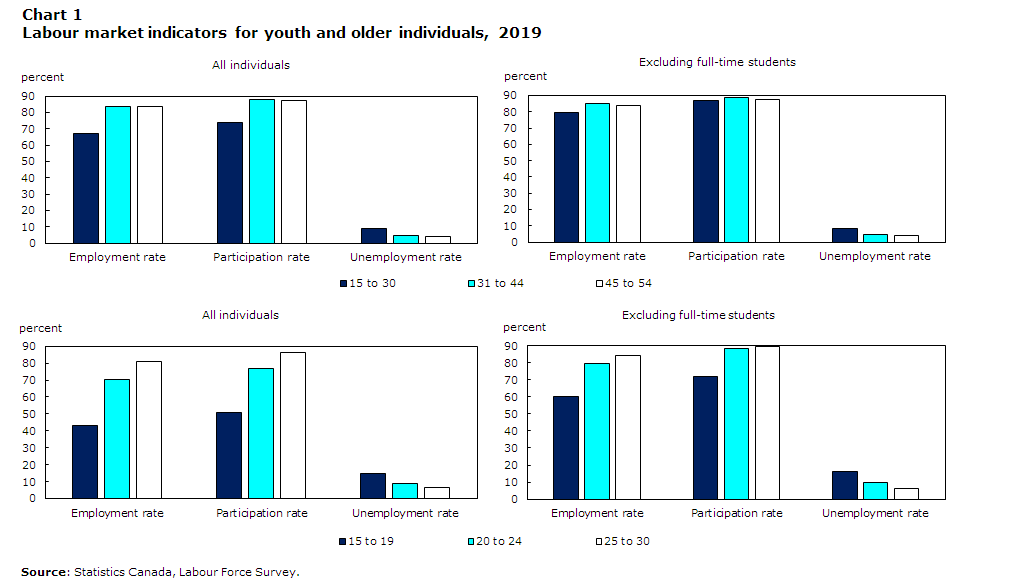96 Teenagers and Working
Martha Lally and Suzanne Valentine-French
Many adolescents work either over the summer or during the school year. Holding a job may offer teenagers extra funds, the opportunity to learn new skills, ideas about future careers, and perhaps the true value of money. However, there are numerous concerns about teenagers working, especially during the school year. A longstanding concern is that that it “engenders precocious maturity of more adult-like roles and problem behaviors” (Staff, VanEseltine, Woolnough, Silver, and Burrington, 2011, p. 150). Several studies have found that working more than twenty hours per week can lead to declines in grades, a general disengagement from school (Staff, Schulenberg, and Bachman, 2010; Lee and Staff, 2007; Marsh and Kleitman, 2005), an increase in substance abuse (Longest and Shanahan, 2007), engaging in earlier sexual behaviour, and pregnancy (Staff et al., 2011).

However, like many employee groups, teens have seen a drop in the number of jobs available to them. Employment rates in Canada are lower for youth than for older Canadians. Among youth not in school full time, 60.2 percent of those aged fifteen to nineteen were employed in 2019. By contrast, 79.8 percent of Canadians aged twenty to twenty-four and 84.2 percent of individuals ages twenty-five to thirty were employed.

Media Attributions
- Figure 6.14: Young woman working in a coffee shop. © Brooke Cagle is licensed under a Public Domain license
- Figure 6.15: Labour market indicators for youth and older individuals © Statistics Canada is licensed under a All Rights Reserved license

